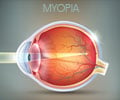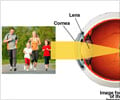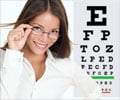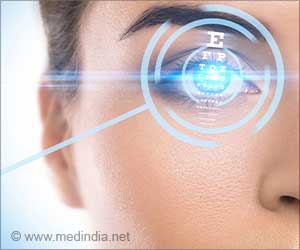Machine learning can analyze the vision of people with severe shortsightedness to predict potential future risks.
- Myopia is a condition affecting distant vision, with its extreme cases resulting in vision complications and blindness
- Machine learning can analyze different parameters of visual factors anticipating visual acuity (sharpness) and possible risk factors //
- This reduces the long-term risk of blindness and facilitates decision-making in subsequent clinical assessments
Machine Learning Models for Predicting Long-Term Visual Acuity in Highly Myopic Eyes
Go to source).
What is Myopia? What are its Risks and Complications?
Myopia or shortsightedness is a condition that affects distance vision— where there is no trouble seeing objects that are near, but have difficulty in viewing objects that are farther away.About half of the cases result in pathologic myopia, and blindness is most commonly caused by complications from pathologic myopia. Individuals who are permanently blinded frequently experience physical and financial hardships due to their lack of independence.
How Machine Learning Help Predicts Future Myopic Risks?
Although machine-learning algorithms are already effective at recognizing changes and difficulties in myopia, this recent study examined the algorithms' long-term prediction capabilities.A nomogram comprising roughly 34 variables related to myopia was evaluated using a machine-learning model based on logistic regression. These factors were then combined to create a score that represents the long-term risk of visual impairment.
The best prediction for the risk of visual impairment was at 5 years. The
These scores predict visual acuity and help decision-making in future clinical assessments.
Reference:
- Machine Learning Models for Predicting Long-Term Visual Acuity in Highly Myopic Eyes - (https://jamanetwork.com/journals/jamaophthalmology/article-abstract/2810735)
Source-Medindia










